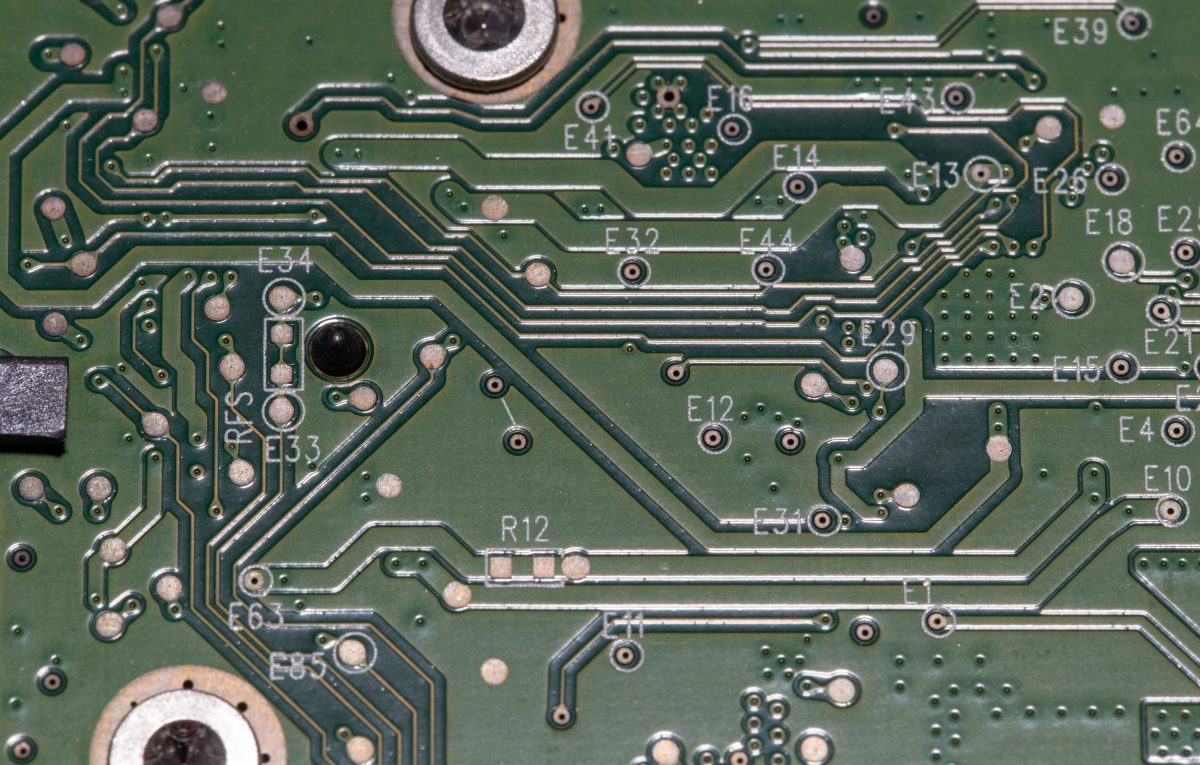
The latest technologies have disrupted logistics operations around the world, creating what is now the modern supply chain. Because of these inventions, businesses have more opportunities to grow and increase their profits than ever before.
As an example, it used to take several days or weeks for an order to reach a customer. But today’s latest technologies allow a company’s inventory to reach consumers in just one day, satisfying their sky-high demands and increasing the chance that they’ll order again.
Innovative technology brightens the outlook for businesses that have logistics challenges by providing more connectivity between different parts of the supply chain. Moving items along more smoothly with fewer interruptions is just one of several benefits that businesses can enjoy today.
Here are some of the latest technologies that contribute to today’s modern supply chain.
THE INTERNET OF THINGS (IoT)
The IoT is a technological innovation that’s changed the way important data and analytics are gathered. This is important since the global supply chain involves several moving parts, meaning it’s possible for operations to go off track. Fortunately, IoT enables industry leaders to provide more quality assurance to businesses.
Computers embedded within physical devices like cell phones to track important analytics about the movements of goods is one way to use IoT. These devices, also including sensors, software, actuators and more, allow for the exchange and collection of data (1). This provides vital access of real-time information to businesses and gives logistics workers improved visibility to better monitor the movement of inventory as it occurs. This also means that if something goes wrong, the problem can be quickly identified and fixed (2).
3D PRINTING
3D printing, also known as additive manufacturing, is the process of making three-dimensional solid objects from a digital file (3). Because it’s used in the manufacturing process of many products, it contributes to the modern supply chain.
It’s important to note that 3D printing isn’t a new technology since it was invented in the 1980s (4). However, its use in manufacturing products for movement through the supply chain makes the process run smoothly. Today, 3D printing is shortening the supply chain, “closing the gaps between sourcing, manufacturing, and distribution” (5).
Additive manufacturing requires less assembly of products. With fewer products being shipped separately, there is less coordination of suppliers of different subassemblies, therefore less likelihood that a whole manufacturing line will be stopped for the lack of a tiny part (5). Reasons like this demonstrate that 3D printing can assist the supply chain to run more seamlessly.
Of course, every technology requires fine-tuning in order to accommodate various requirements. For 3D printing production, challenges will include using materials that meet varied industry safety standards and producing data to support the life cycle of the product. As 3D printing becomes more common, experts will continually improve methods for planning and moving items (5).
ARTIFICIAL INTELLIGENCE (AI)
According to a McKinsey global survey, the supply chain industry is one of the top three fields that benefit from AI adoption (6). AI can take many forms in warehouses including robots, drones, automatic-guided vehicles and more. They will be able to deliver to clients better by adding efficiency to the supply chain and movement of goods, according to Forbes.
“When implemented and used correctly, artificial intelligence can enable exceptional agility and precision in supply chains, regardless of the industry. It can also ignite a transformational increase in efficiencies and decrease in costs where repetitive manual tasks can be automated”(7).
UBER-LIKE SERVICES
Just as Uber has made travel more convenient for users, a similar idea is being used to make shipments more convenient for both consumers and the business they’re ordering from. According to Inbound Logistics, an app called “Roadie” networks deliveries to individual “civilian” drivers (8).
Innovative warehouses can take advantage of apps like this by posting a delivery job online. Roadie matches jobs with drivers who fit with the route, “offering unusually fast deliveries” (8) to consumers. Having an app like Roadie can assist warehouses when regular transportation is interrupted, granting them more autonomy to optimize logistics decisions.
The modern supply chain is exciting for both 3PLs and businesses eager to optimize their logistics strategy. These technologies challenge adopters to create strategies for coping with changes such as developing planning algorithms that can be used to help a business’s inventory run smoothly (9). It’s important to note that while new technologies can make tasks easier, they can be complex in themselves. As an example, digitization requires increased data, digital connections and collaboration within the supply chain ecosystem (10).
To help workers adapt, supply chain managers can use a new ‘enterprise leadership approach’ (10) to encourage collaboration. This method “empowers employees to expand their range and builds their confidence to act autonomously when needed. Agility and autonomy drive the best outcomes for the organization in a digital world” (10).
New technology doesn’t innovate the supply chain alone. It’s also the tech-savvy 3PLs and businesses that believe in the power of change. Because of them, the modern supply chain will continue to thrive, and so will they.
Citations
-
https://www.datexcorp.com/iot-and-the-smart-warehouse/
-
https://www.inboundlogistics.com/cms/article/6-technologies-guaranteed-to-disrupt-your-supply-chain/
-
https://3dprinting.com/what-is-3d-printing/
-
https://www.explainingthefuture.com/3dprinting.html
-
https://www.cio.com/article/3269256/how-3d-printing-can-affect-your-supply-chain.html
-
https://www.mckinsey.com/featured-insights/artificial-intelligence/ai-adoption-advances-but-foundational-barriers-remain
-
https://www.forbes.com/sites/forbestechcouncil/2019/02/22/how-artificial-intelligence-is-bringing-the-supply-chain-to-new-frontiers/#723b6ac27eb6
-
https://www.inboundlogistics.com/cms/article/6-technologies-guaranteed-to-disrupt-your-supply-chain/
-
https://www.mckinsey.com/business-functions/operations/our-insights/supply-chain-40–the-next-generation-digital-supply-chain
-
https://www.gartner.com/smarterwithgartner/build-a-modern-supply-chain-workforce/
